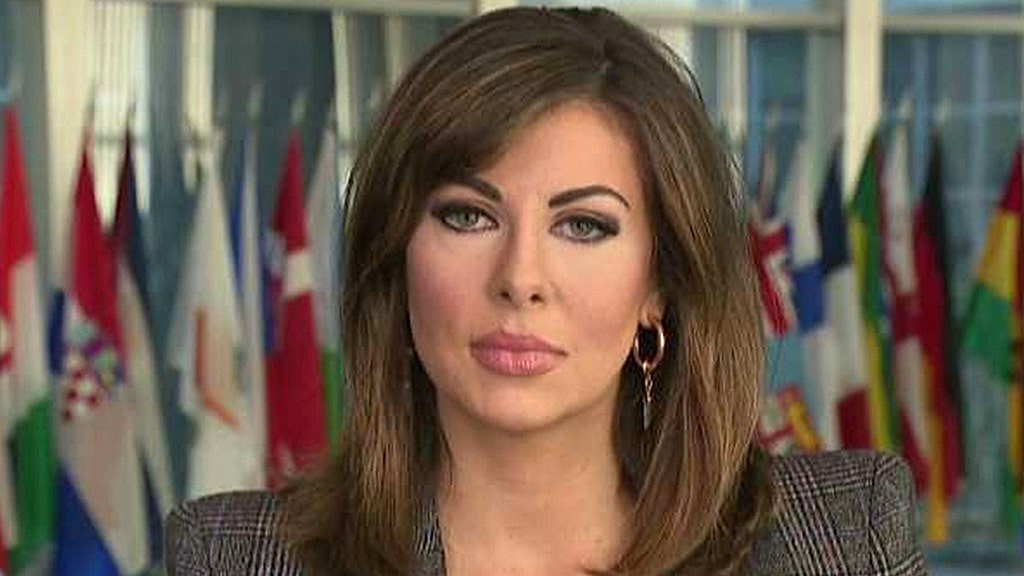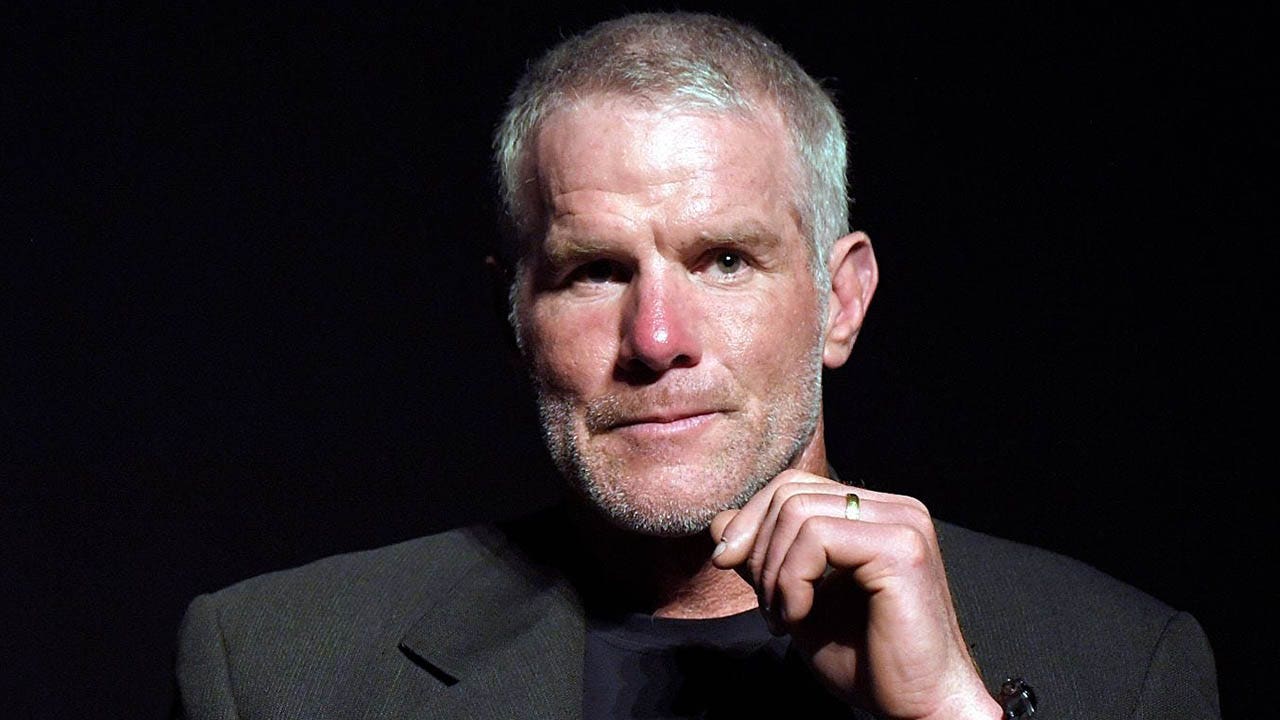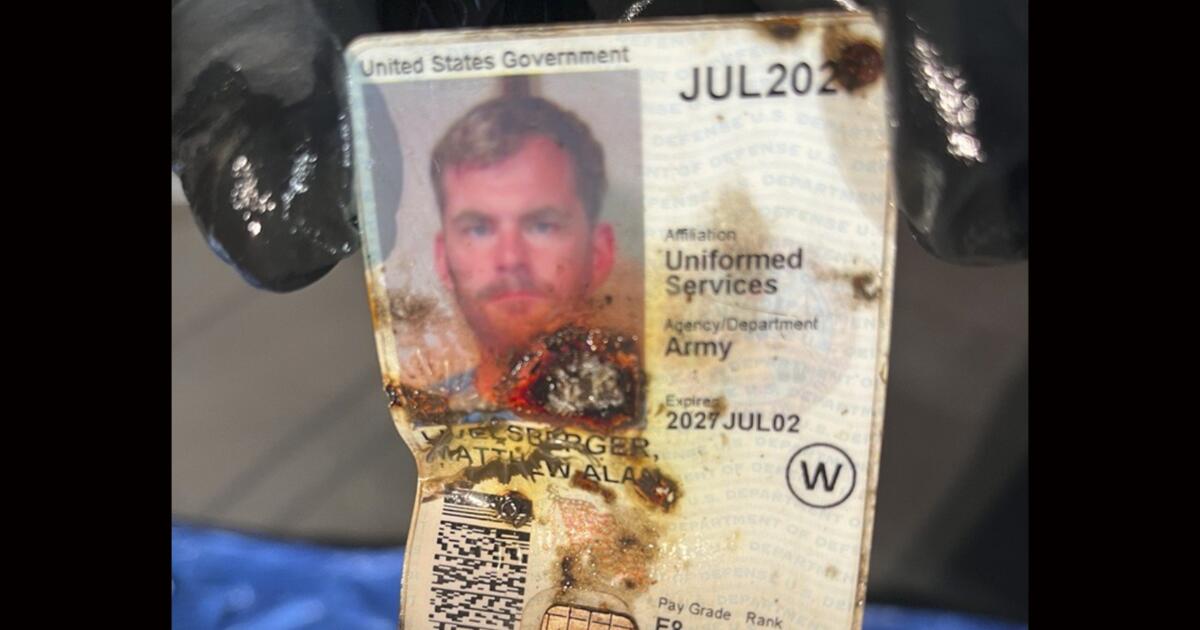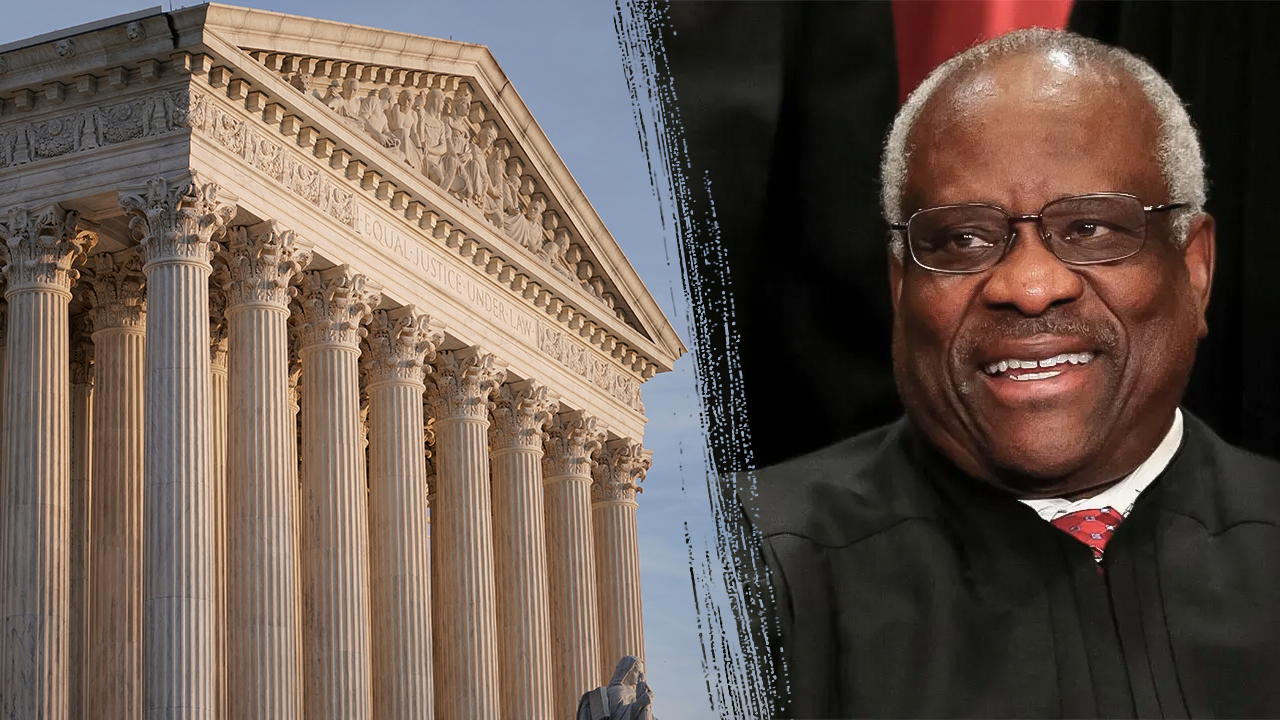Hawaii
Naka Nathaniel: We Need To Foster A Culture Of Belonging In A Land Of Inequality

After some follows on Instagram in the wake of FestPAC, my feed is full of reels of Maori haka.
I love it.
I admire New Zealand for having a fierce international reputation. Our Pacific ohana in Aotearoa are without peers when it comes to greeting malahini (strangers) and adversaries.
Watching these posts, I was reminded of a previous conversation with a very wise uncle. He said that decades ago, Hawaii had become too welcoming. He said that most cultures prioritize protection first and hospitality second.
Somehow, in Hawaii we had it flipped. Unlike the Maori, we put our dancers out in front and not the warriors.
He said he couldn’t understand it: When a stranger arrives on your shores you should determine if they’re there to invade you and take what you have. Instead, in Hawaii we sidelined our warriors and, to him, were too hospitable.
For too long, it has been easy for visitors to arrive in Hawaii and be welcomed with lei and a mai tai and not the truth of injustices past and present that have left Native Hawaiians sidelined.
As I read through the comments on my column last week about John Oliver succinctly reporting out Hawaiian history and concluding that Hawaii was being run to benefit everyone but Hawaiians, I kept thinking about how we can figure out a better way forward for our discussions.
I don’t want the discussion to be reduced to one of victims versus villains. That just alienates everyone and causes more division.
I want Hawaii to have a culture of belonging.
However, fostering a culture of belonging is tough given the harsh state of inequality here. The trend is for wealthy people to move here and for those with generational ties to Hawaii to move away.

I was thinking about another conversation I had awhile back with Ualani Davis, a kanaka maoli artist. We were discussing the idea of how to truly foster the notion of Hawaii being welcoming to all who would abide by the aloha spirit.
However, the notion of the welcoming aspect of aloha has been thrown askew by marketing messages.
“The whole monetization of the aloha spirit, they don’t need Hawaiians,” said Davis. “They just need the aloha spirit, and that’s free. You don’t need to pay anyone for aloha spirit, and that’s all they really need to sell Hawaii.”
Extreme inequality is hampering our cohesiveness thanks to the island state’s desirability as a supposed paradise.
We’ve seen it very starkly after the Maui wildfires last year. The haves are able to be patient and wait for a rebound. The have-nots have already left the island.
The haves are prominently displayed on a wall in the Kahalui airport. The “Kamaaina Proud to Call Maui Home” wall is adorned with photos of celebrities and musicians who took their riches and bought property on Maui as a reward for their success.
Unfortunately, the claiming of those rewards has come at the expense of those who grew up alongside those pictured on the accompanying wall celebrating the “Maui Nui Wall of Fame.”
But again, I do not want to alienate anyone with the victims versus villains designation.
The term a “culture of belonging” was popularized in the business world grappling with the racial reckoning in the summer of 2020.
As the Harvard Business Review wrote, “After all, belonging is essential to humans. Psychologists rank our need to belong on par with our need for love. Because the need to belong is universal and fundamental, focusing on it has the power to draw in the whole workforce, even those who might feel excluded from — or threatened by — current DEI conversations. When companies emphasize a culture of belonging, they call everyone in, creating space in the conversation to address our shared humanity and build a bridge to greater empathy and inclusion for the groups that are the most marginalized in the workplace today.”
How can we make that apply in cultures here in Hawaii that are often siloed by inequality?
Starting with knowledge and understanding goes a long way. Being knowledgeable about the history of Hawaii helps. That’s why John Oliver’s history lesson on HBO resonated with so many audiences. His report was entertaining, educational and not laborious.
Should we have a culture that’s more challenging and less automatically welcoming?
I’d vote for being welcoming, but I’m curious to hear others’ thoughts in the comments.
I don’t think we’re in an intractable place when it comes to facing the challenges of inequality here in Hawaii. We have tools at our disposal that we’re only just now starting to understand how to use.
Our state constitution has strong provisions that could help: In this year alone, the Hawaii Supreme Court cited the Spirit of Aloha to rule against unfettered use of the second amendment. The right to a healthful environment also was successfully used by the plaintiffs in the Navahine settlement.
The most powerful tool could be the Law of the Splintered Paddle. The first written law of the Hawaiian kingdom, which provides for the protection of innocent people such as kupuna and keiki, is in the state constitution. I’m very interested to see how smart people in Hawaii could use it to tackle our toughest issues like inequality.
Nearly everyone who lives here understands that Hawaii is a unique place, deserving of appreciation and protection that should take priority over selfish and shortsighted interests to acquire and extract. Those selfish and shortsighted interests can serve one well in other places, but in Hawaii, it keeps the islands on a path to being the province of the ultra-wealthy, retirees and the low-wage earners who serve them.
We need to find aloha-driven leaders who can emphasize a common cause, bridge gaps and create belonging. That’s how we can solve our problems.

Sign up for our FREE morning newsletter and face each day more informed.

Hawaii
Will Hawaii Implement a New Tourism Tax This Year? Here’s What To Know

When Hawaii’s legislative session opens on Jan. 15, one of the first orders of business will be voting on a new fee for incoming tourists.
In a Dec. 31, 2024 memorandum, Hawaii Gov. Josh Green announced plans for “building a climate-resilient Hawaii” which would include a fee for tourists that would help fund the state’s conservation efforts.
“The administration has also been working on proposing the ‘Green Fee” to the legislature. The initiative will require visitors to pay a fee to help fund climate resilience initiatives,” the statement read. “These funds will support efforts to preserve and protect our environment and promote clean energy solutions. As a result, these efforts will help build a more resilient, sustainable Hawaii for our future generations.”
The fee would be in addition to Hawaii’s existing tourism tax — 10.25 percent with an additional 3 percent in some counties.
Initially, Green campaigned on a $50 flat fee for tourists during the 2022 election. A year later, officials proposed establishing a visitor impact fee program which would charge travelers a fee to buy a license to visit a state park, forest, hiking trail, or other state natural area. The initiative fell short and was not passed.
At the start 2024, a bill calling for a “modest fee” for tourists that would generate more than $68 million in revenue each year and increase awareness of the impacts of climate change was introduced. Weeks later, state lawmakers chose not to pass the initiative despite devastating wildfires that ravaged Maui’s western coast mere months prior in August 2023, which resulted in more than 100 deaths and destruction of historic Lāhainā.
Hawaii is far from the only destination imposing a tourism tax. In September 2024, New Zealand nearly tripled the fee for international visitors and on Dec. 1, 2024 the Maldives began a departure tax that ensures travelers contribute to island preservation. The countries join a long list of locales – including Iceland and the Italian city of Venice – using fees to help combat overtourism.
Read the original article on Travel & Leisure
Hawaii
Fires damage two homes in East Hawaii – West Hawaii Today

East Hawaii firefighters were busy with a pair of house fires over the New Year’s holiday.
Nine units answered a 1:47 p.m. alarm Wednesday of a fire at 18 Hokulani Street in Kaumana.
The first unit arrived three minutes later to find the home’s occupants — Owen Matsui and Anna Joaquin Matsui — outside but uninjured.
Heavy smoke and flames were coming from the rear of the structure, according to a Hawaii Fire Department statement. The fire was confined to the back lanai, kitchen and rear bedroom of the single-story, three-bedroom residence.
The fire was reported under control at 2 p.m. and extinguished at 2:20 p.m.
Damage was reported at $498,500, and the cause of the blaze is under investigation.
The alarm for the second fire sounded at 12:03 a.m. Thursday for a house on Mapuana Street in Kalapana Seaview Estates in lower Puna.
Six units responded, with the first arriving at 12:28 a.m. Firefighters found the 1,500-square-foot, single-story wooden-framed residential structure fully engulfed in flames.
Neighbors with garden hoses attempted to keep the fire from spreading to their homes.
Nobody was found at the actual scene of the fire, but according to an HFD statement, neighbors told firefighters that the structure was abandoned but had frequent squatters.
The fire was reported under control at 12:55 a.m. and extinguished at 3:40 a.m.
The loss was estimated at $150,000, and the cause of the fire hasn’t yet been determined.
Hawaii
Loved ones of victims injured in fireworks explosion seek help in long roads to recovery

HONOLULU (HawaiiNewsNow) – Loved ones of some of the victims who were severely injured in a tragic fireworks explosion at a New Year’s Eve celebration in Aliamanu are asking for help as they fight for their lives.
Authorities said a fireworks “cake” with roughly 50 illegal aerial rockets in it tipped over and fired into a carport that set off more fireworks inside.
RELATED STORY: 3 dead, dozens injured in massive illegal fireworks explosion in Aliamanu
Three women were killed. Many others had critical injuries with burns over much of their bodies.
As loved ones begin to share more details about the victims, Hawaii News Now will continue to update this story and provide more information on how the public can help support them.
Melissa and Kevin
Family members identified two of the victims who were injured as Melissa and Kevin.
They said Kevin sustained “grave” injuries and is currently hospitalized. However, Melissa will need to be flown to the mainland for medical care because there are no available beds in the burn unit.
Melissa and Kevin have a 3-month-old son, who is being taken care of by family members.
Donations will go to Melissa’s mother to support the couple’s son as well as medical expenses.
Click here for their GoFundMe page.
Charmaine Benigno
Another victim, Charmaine Benigno, a mother of two young boys, was also severely injured in the explosion.
Her family said she will require extensive medical care.
All donations will go to her boyfriend, Jacob, to support their sons and her medical expenses once she returns home.
Click here to donate.
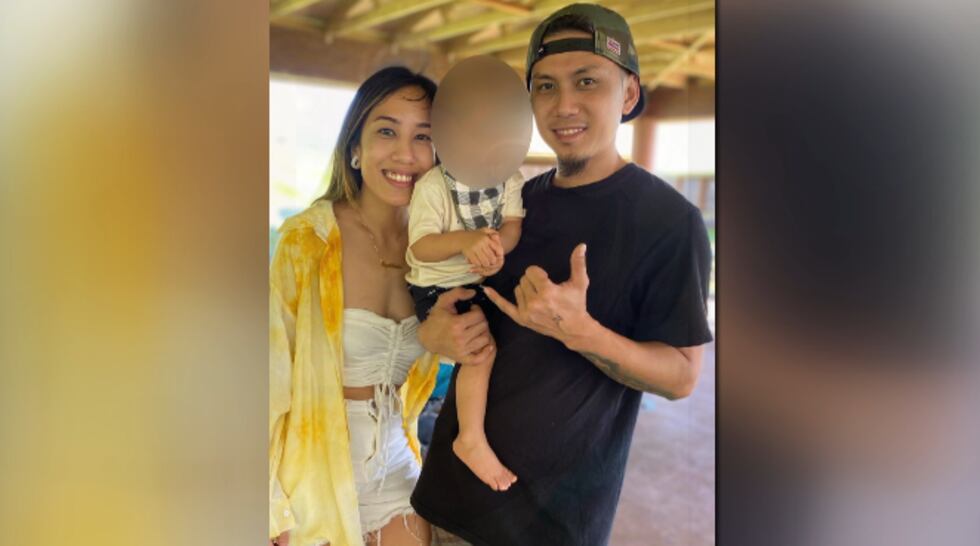
Copyright 2025 Hawaii News Now. All rights reserved.
-

 Business1 week ago
Business1 week agoOn a quest for global domination, Chinese EV makers are upending Thailand's auto industry
-

 Health6 days ago
Health6 days agoNew Year life lessons from country star: 'Never forget where you came from'
-
/cdn.vox-cdn.com/uploads/chorus_asset/file/24982514/Quest_3_dock.jpg)
/cdn.vox-cdn.com/uploads/chorus_asset/file/24982514/Quest_3_dock.jpg) Technology6 days ago
Technology6 days agoMeta’s ‘software update issue’ has been breaking Quest headsets for weeks
-

 World1 week ago
World1 week agoPassenger plane crashes in Kazakhstan: Emergencies ministry
-

 Politics1 week ago
Politics1 week agoIt's official: Biden signs new law, designates bald eagle as 'national bird'
-

 Business3 days ago
Business3 days agoThese are the top 7 issues facing the struggling restaurant industry in 2025
-

 Politics1 week ago
Politics1 week ago'Politics is bad for business.' Why Disney's Bob Iger is trying to avoid hot buttons
-

 Culture3 days ago
Culture3 days agoThe 25 worst losses in college football history, including Baylor’s 2024 entry at Colorado
/cdn.vox-cdn.com/uploads/chorus_asset/file/23951501/VRG_Illo_STK170_L_Normand_TimCook_Positive.jpg)

